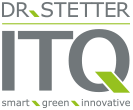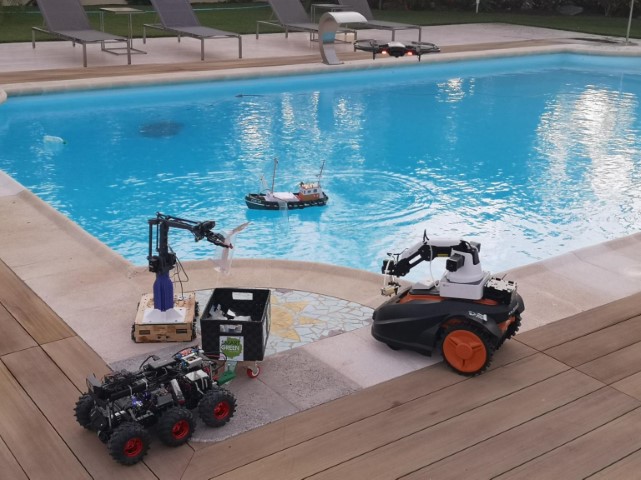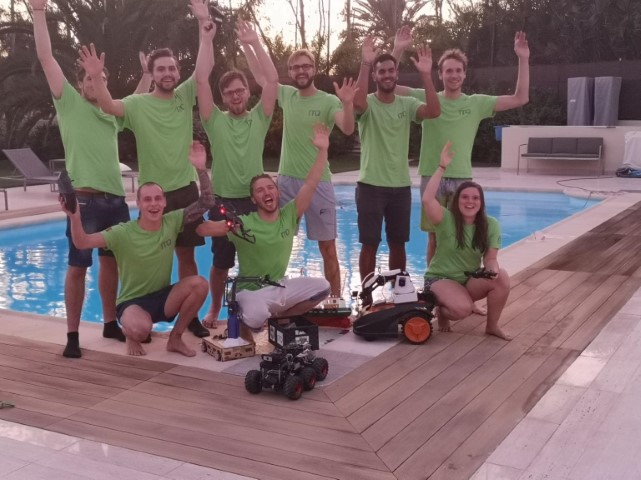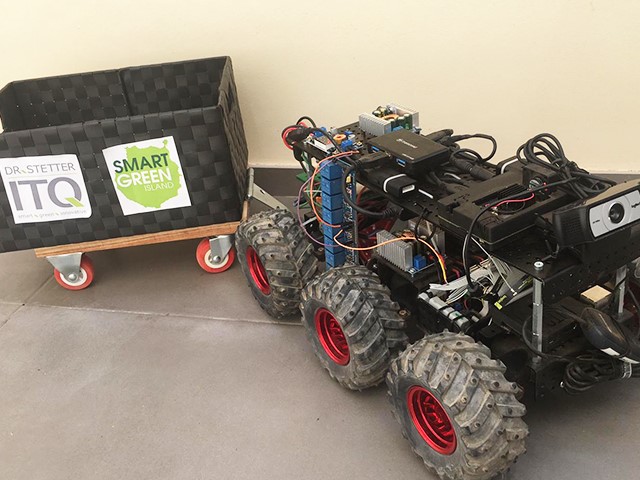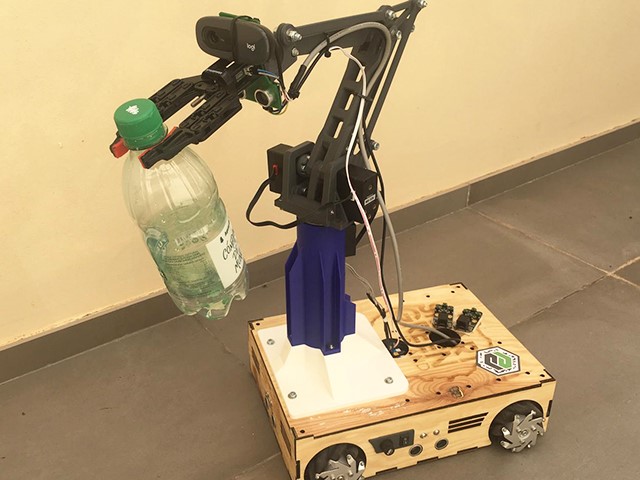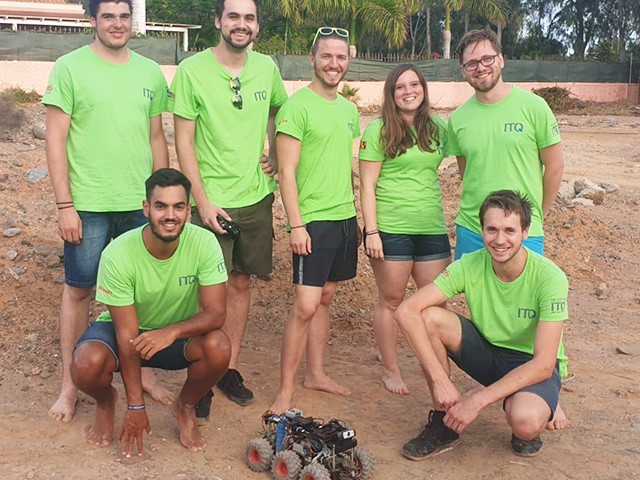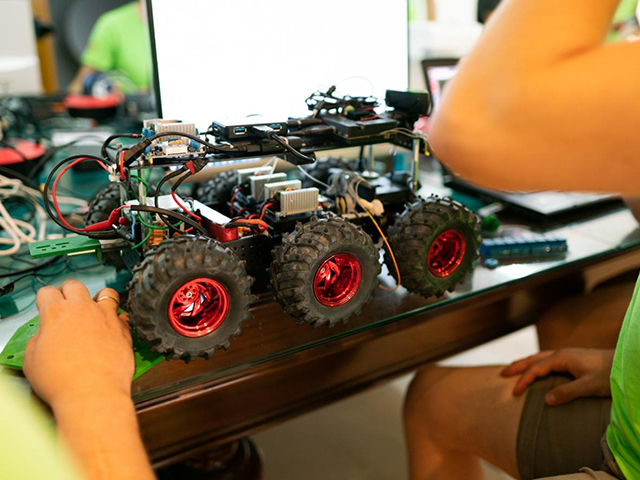PlastiX
“Intelligent and ecological, for a clean planet”
About the project
Our consumption has significantly grown over the last few decades, due to the increasing prosperity of many societies and the profit-oriented economy. This results in the production of an enormous amount of packaging waste, most of which consists of plastic. Products are often packaged excessively to create a greater incentive for customers to buy the product. Some countries, for example Germany, have waste incineration plants and can use them to dispose of their waste. However, most countries do not have such facilities and dispose of their waste in other ways. Therefore, the waste is simply disposed of into the environment, where it remains, which leads to the pollution of our planet and has negative consequences.
To tackle the problem of plastic pollution, young talents have developed a network of autonomous and intelligent systems in the air and on land. These systems interact with each other, enabling them to detect and remove trash. For example, flying systems (drones, airplanes) are used to collect information about the location of trash, which is then relayed to moving systems (robotic vehicles). These can use the information to pick up and remove the trash. However, garbage is not only found on land, but also in the oceans. Therefore, autonomous water systems (ships) have also been developed for this purpose to clean the oceans.
Behind the project
Besides the climate change, removal of plastic waste from the environment is one of the key ecological challenges and problems of the 21st century. Therefore, we decided to start a project whose main goal is it to find suitable and innovative solutions against plastic pollution. During our SMART GREEN ISLAND Summer Camp in September 2019, we developed concepts to solve this problem in an automated and efficient way. This laid the foundation for a smart, innovative, and sustainable project – the so-called PlastiX Project.
The PlastiX mission is dedicated to AI-based detection and automated professional disposal of plastic waste from the environment. The project was developed by an interdisciplinary and international team of 10 young talents. As part of the project a concept of a database for training neuronal networks was created. In addition, the project team developed the first robot prototypes. A total of 7 robots were developed that could be used for various purposes.
Importance of the project
Plastic poses an enormous challenge for the environment, because there is increasingly more plastic in the world than nature can decompose. The result of this plastic pollution is that vital processes of nature are impaired. The organisms that are responsible for these processes are threatened by the plastic particles, causing the extinction of species of animals, plants and other organisms. As a result, the destruction of our ecosystem occurs, and we humans ultimately cause the demolition of our own livelihoods.
That is why it is our particular concern to counteract this. With new topics such as Smart & Green Technologies, we can link the topic of sustainability with Education 4.0 and thus change the mindset towards environmental protection. Furthermore, our goal is not only to talk about future topics and future challenges, but to act quickly and to work out or implement innovative ecological solutions. With our new PlastiX Project, we are thus setting another example in the direction of digitalization and education and showing that new technologies can contribute to the intelligent protection of our planet and environment.
Further developments and versions
With the further developed robot “roBottle”, a new mobile robot has been developed to autonomously collect already existing and improperly disposed waste e.g., at the beach or in the forest etc. In addition, the mobile robot will use modern infrastructure and IoT technologies to act autonomously and efficiently with the help of Artificial Intelligence (AI). Artificial Intelligence (AI) algorithms ensure that the robot can perceive the environment like a human.
The goal was to recognize plastic bottles as well as similar environmentally harmful objects and then collecting them. What sounds simple to a human, is hard work for a robot. This is because the robot must be able to recognize bottles as such and then navigate to them. The collected trash should be then taken to a station that can recycle waste. The chassis was made from plywood and the components of the robot arm from environmentally friendly and compostable PLA. After resolving the kinematics, the robot was able to move without mechanical constraints.
Our vision
Our vision within the PlastiX Project is to unite the topics of digitalization and sustainability and to find efficient solutions regarding the problem of plastic pollution. In order to achieve this goal and to realize our vision, the prototypes of the young talents, which were developed with the help of artificially intelligent systems, should and must be turned into reality in the future.
Furthermore, above all our intention is to sensitize young people worldwide to the topics of digitalization and sustainability and to encourage them to actively deal with the problems of today, as well as to find and implement effective innovative solutions for the future in such projects.
